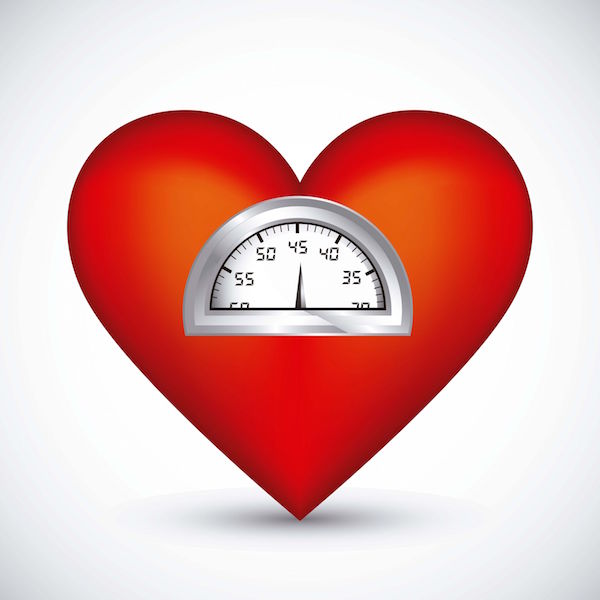
MONDAY, Oct. 25 (HealthDay News) — Running a marathon can damage your heart, with more than half of the segments in the heart’s main pumping chamber typically functioning a little under par during the race, a new study shows.
The good news? Other parts of the heart pick up the slack and the changes reverse within three months or fewer after the run, the researchers found. The more fit and trained a runner is, the less effect the strain of a marathon was found to have on the heart.
The findings underscore the need for adequate training, but “we aren’t suggesting marathons are dangerous or that people shouldn’t run,” said Dr. Eric Larose, a professor of medicine at the University of Laval and a research-scholar at the Quebec Foundation for Health Research, Quebec City, Canada.
Larose is slated to present his findings Monday at the Canadian Cardiovascular Congress 2010.
For the study, Larose and his colleagues gathered 20 healthy amateur runners, average age 45, who were planning to run a marathon in about six to eight weeks.
The researchers evaluated the runners’ fitness with a treadmill test that computes their measure of aerobic endurance and the body’s oxygen consumption, a test called the VO2 max. They also did blood tests and scanned their hearts using MRI before the race, shortly after the race and then again three months later.
The investigators found changes immediately after the race in the left ventricle — the heart’s main pumping chamber — which is divided into 17 segments.
“Out of these, 53 percent of the segments decreased in function during the marathon,” Larose said. The decreased functioning may be due to inflammation due to exertion, he added.
But he also found that neighboring segments took up the slack, compensating for the segments that weren’t functioning up to par.
Despite the lowered functioning, Larose found that the heart’s pumping ability didn’t change. “‘As a whole, the heart is able to pump out enough blood during the race,” he said.
The fitter the runners, the less effect the running had on the left ventricle, Larose found. “Only one subject had no segmental dysfunction,” he said, “and he had the best [aerobic endurance measurements].” Runners who were less well-trained — and who had lower VO2 max scores — were more likely to get dehydrated and suffer greater irritation of the heart segments, the study found.
While the study was small, those who showed the best aerobic endurance — a VO2 max score above 50 — did better, although Larose said the study was too small to say this is a threshold or goal.
Regardless of VO2 max scores, “when we repeated the scans, the MRIs, everything came back normal.” That was three months after the marathon, he said, although “that does not mean it takes three months” for the heart to recover.
The study was small but well done, said Dr. Ori Ben-Yehuda, director of the coronary care unit and a professor of medicine at the University of California San Diego, who has researched the topic as well. “The study raises concerns but is also reassuring,” he said. “Even those with ‘more’ damage did fine after three months.”
The bottom line? “If you’re in great shape, exercise has benefits long-term, and short-term risks,” Ben-Yehuda said. “It’s very difficult to say, ‘You’re safe,’ ‘You’re not’ to runners. The one thing that is obvious is the more trained you are, the easier it is going to be on you.”
Take-home lessons from the new research are clear, Larose agreed. Plan ahead and train regularly: You shouldn’t go from couch to marathon in a month. Rough guideline: “If you’re already fit for a half marathon, in three months you should be able to take it up to a full, as long as you follow your [training] schedule” and do the long and short runs, said Larose.
Find a training schedule — they’re widely available in books and on the Internet — and stick with it, Larose suggested.
More information
To learn more about starting a running program, visit the American Council on Exercise.

